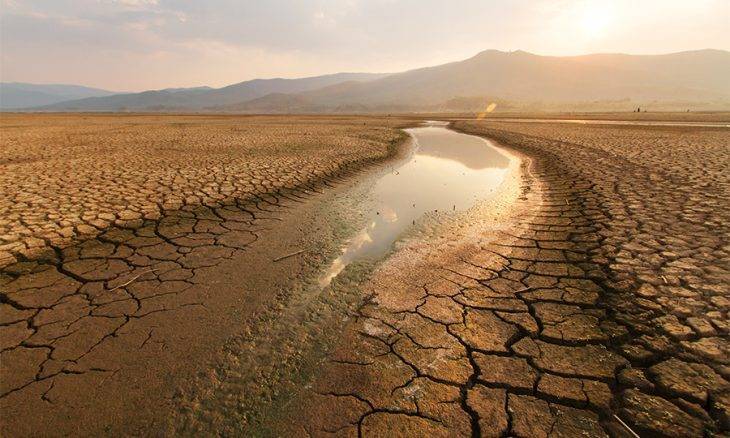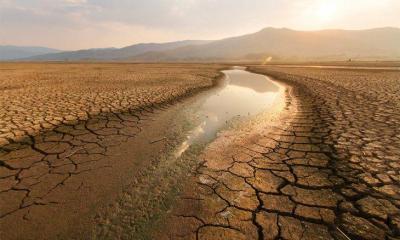A new scientific study shows that Europe may experience simultaneous bouts of extreme heat and drought much earlier and more frequently than previously expected. Phys.org points out that "climate change is causing more concurrent abnormal weather and climate phenomena, such as droughts, heat, floods, and fires, which can lead to significant social and economic damage. But how could increasing fluctuations in the North Atlantic system impact these extreme events in Europe?" To understand this, scientists conducted a study using various indicators related to heat stress and drought, relying on the results of 100 simulations using the Max Planck Institute's climate model, to determine when temperatures and droughts would rise in Europe by the end of the century under a moderate climate scenario. They also examined the effects of fluctuations in the North Atlantic on this process over several decades.
Researchers discovered that "the likelihood of recurring individual and complex events of extreme heat stress and drought in Europe by the end of the century will increase by more than 10 percent during the years 2050 - 2074. The chance of experiencing all forms of heat stress could reach 10 percent as early as 2030 - 2039." The rise in sea surface temperatures in the North Atlantic will contribute to the emergence of dry and hot conditions in Europe. According to the researchers' calculations, under these conditions, the likelihood of exceeding expected temperature thresholds will double by the end of the century and in the following decades after 2030.
Based on the researchers' conclusions, climate fluctuations in the North Atlantic could increase the frequency of extreme heat and drought periods in Europe for many years. Therefore, it is essential to take necessary measures and prepare for such destructive events. Additionally, modern climate models do not significantly assess the extent of increased heavy rainfall in the context of global warming. However, according to scientists, the Earth is threatened by intense rainfall.




